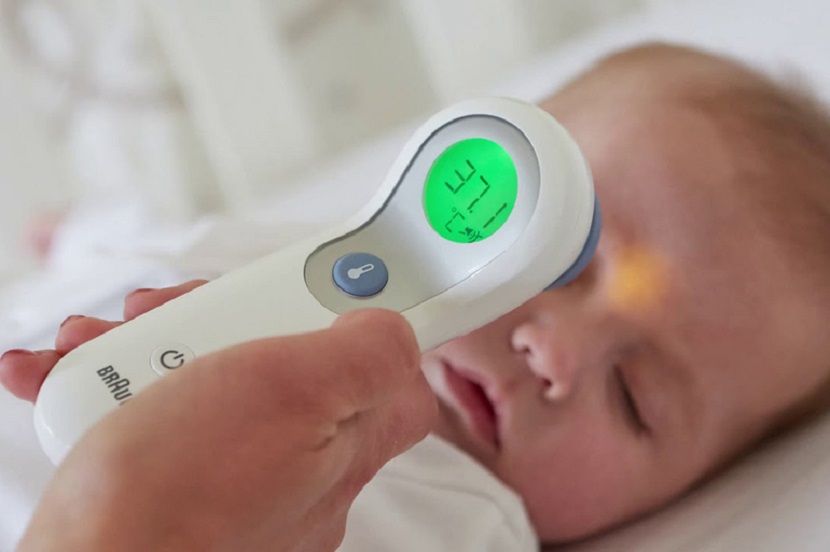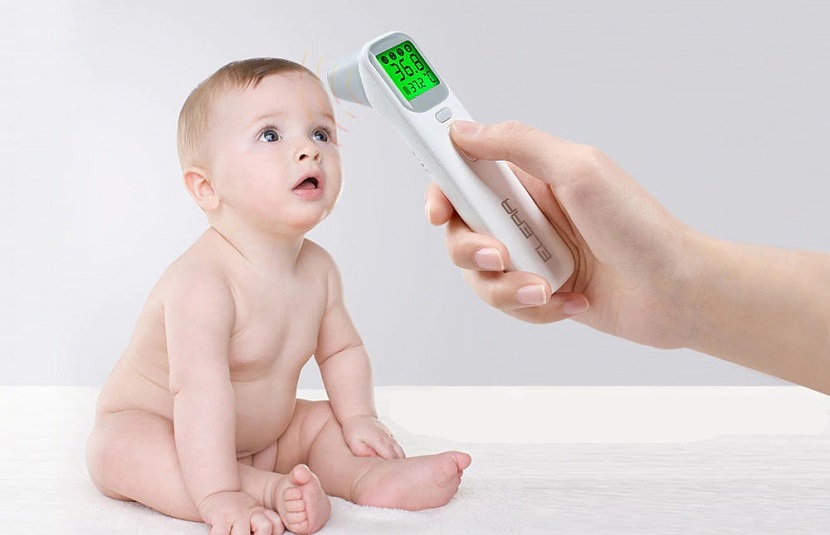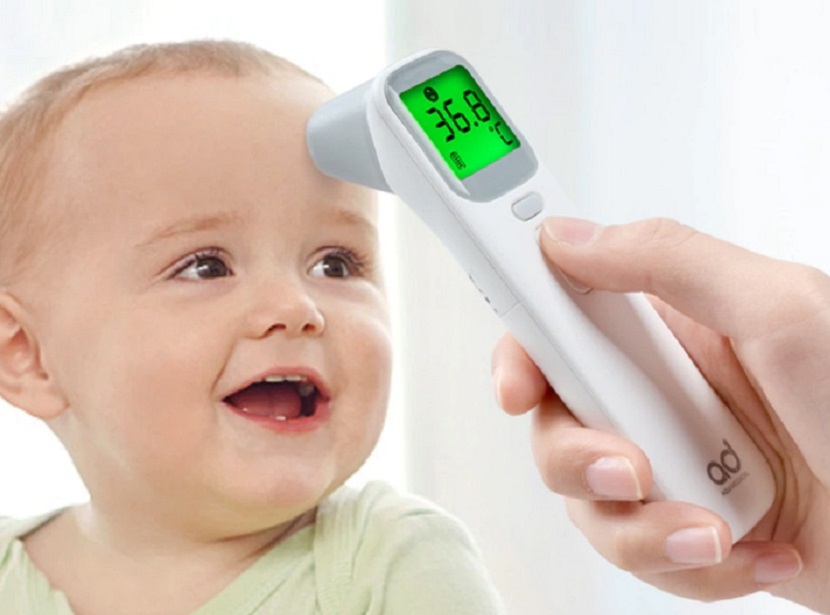The Importance of Regularly Taking Your Baby’s Temperature (The Different Types of Baby Thermometers)
When the 9-month anticipated new family member finally arrives, the whole world turns around for the new parents. The process of adaptation can be quite stressful for all, especially for the new mum and the baby. As time goes by, a lot of changes will happen in your little one’s development, including changes in the baby’s body temperature. The normal temperature for a newborn is between 36.5 to 37.5 degrees Celsius, so if you notice that the temperature is not within this range, you should use the right treatments to get it back to normal.

When it comes to measuring temperature, there are plenty of baby thermometer options to choose from. When buying, you certainly want to get the one that’s most suitable for your baby and for that reason, it is a good idea to know your options.
- Temporal artery thermometers – This advanced model of a digital baby thermometer is also known as a ‘forehead thermometer’ and uses an infrared scanner to measure the temperature. It is a non-contact thermometer that is super easy to use. To use it, there is no need to take off his clothes or wake up the baby. Simply hold the thermometer above the forehead of the baby, press the button and you will get his temperature rating instantly on an LCD display in easy-to-read results. Apart from being perfect for babies, this thermometer can be used by the whole family as well. It provides fast results and according to additional researches, temporal artery thermometers are the most accurate alternative to digital rectal thermometers.
- Digital thermometers – Regular digital thermometers have heat sensors that record the body’s temperature. They can be used in the armpit, mouth or in the rectum. Digital thermometers that can be used in the rectum are considered to provide the best readings for infants, especially for those younger than three months or kids up to the age of three. One of the biggest benefits of digital thermometers is that they provide fast readings, usually in a minute or less. However, if you are using a regular digital baby thermometer you will need to wait about 15 minutes after your baby has eaten or drank something to take his oral temperature. Also, they can be a bit difficult to use with kids that breathe through the mouth, and in that case, you may not be able to get the most accurate oral reading.
- Digital pacifier thermometers – If your baby uses a pacifier you can try a digital pacifier baby thermometer. The baby needs to suck the pacifier until the peak temperature is recorded. A good thing about this option is that the kid may not even notice you are taking his temperature but you need to ensure he keeps the pacifier in the mouth at least for three to five minutes, which can be a bit difficult with young children. Apart from not being suitable for newborns, some researchers don’t support the accuracy of these thermometers.
- Digital ear thermometers – These devices are also known as tympanic thermometers and they use an infrared ray to measure the temperature inside the ear canal. If used and placed properly, they can provide very fast results. They can be used with infants that are older than six months, older kids and adults, but they are not recommended for newborns. However, keep in mind that the small, curved ear canal or the earwax can interfere with the accuracy of the results.

The Ideal Room Temperature
When your baby has a problem with his body temperature, it is important to keep the room temperature in a normal range. Finding the right room temperature for a baby can be a daunting task as you need to ensure that the room is not too cold nor too hot. A room that is too cold can affect his sleep, while on the other hand, if the room is too hot he might feel too hot and cranky. The ideal room temperature is between 20 and 22 degrees Celsius degrees, so make sure you keep it in this range.

How to Check If a Baby Is Too Cold or Too Hot
Just feel the nape of your baby’s neck with your hand and if the back of the neck is sweaty and hot, then probably he is feeling too hot. Also, fussiness and flushed cheeks are other signs that your little one may be too hot. On the other hand, when the baby is feeling cold, the nape of the neck would be cold and his feet and hands would also be cold. Another layer of clothing or a warm hug while breastfeeding will calm the baby and keep him warm.
When bedtime comes, many new parents get confused about how to dress their little munchkin and prevent him from becoming too hot or too cold. During the normal weather and nights, two layers are just enough. For example, a jumpsuit and a blanket are just fine. When the weather is warmer than usual, use lighter clothing and if it’s cold – add another layer.



